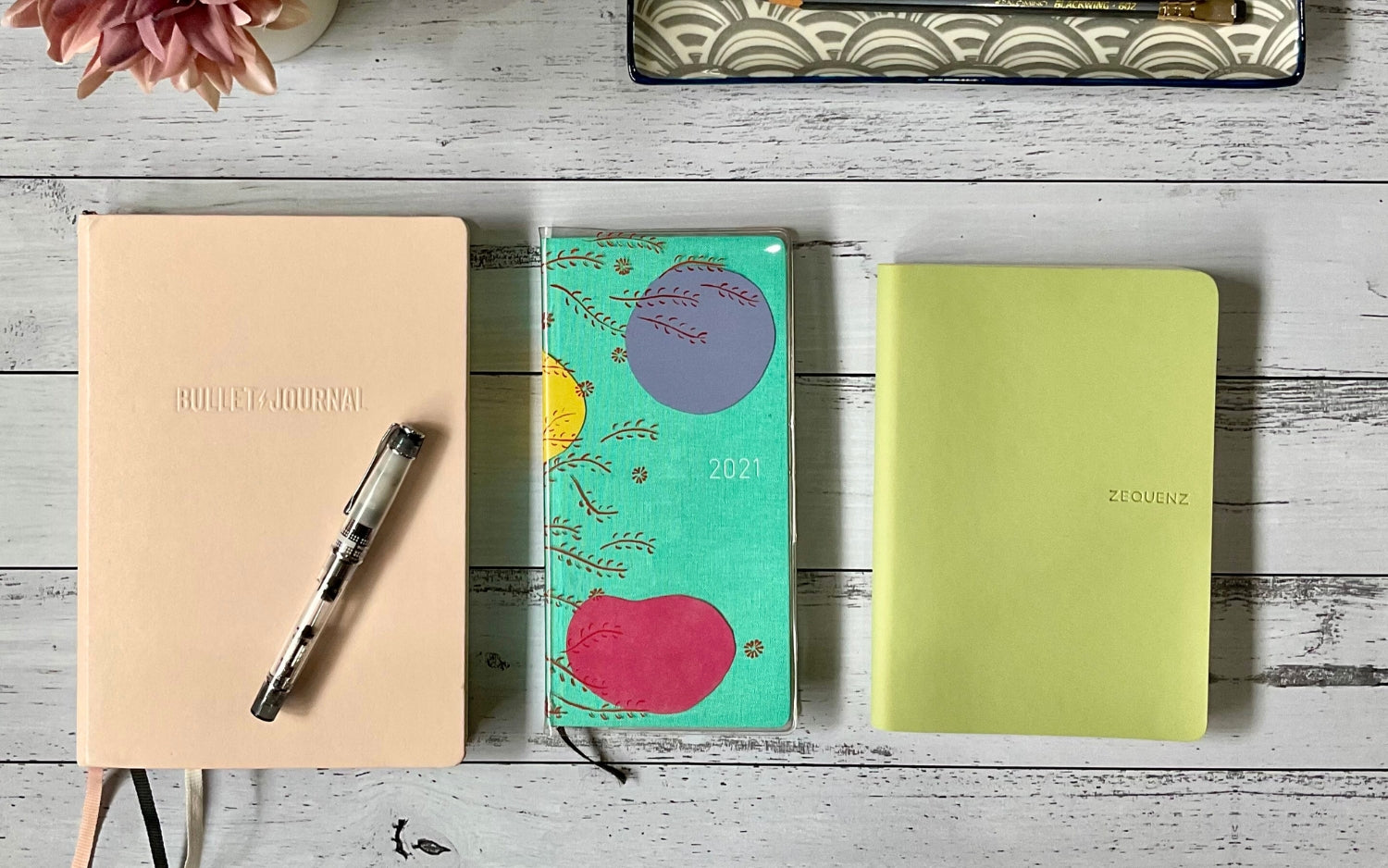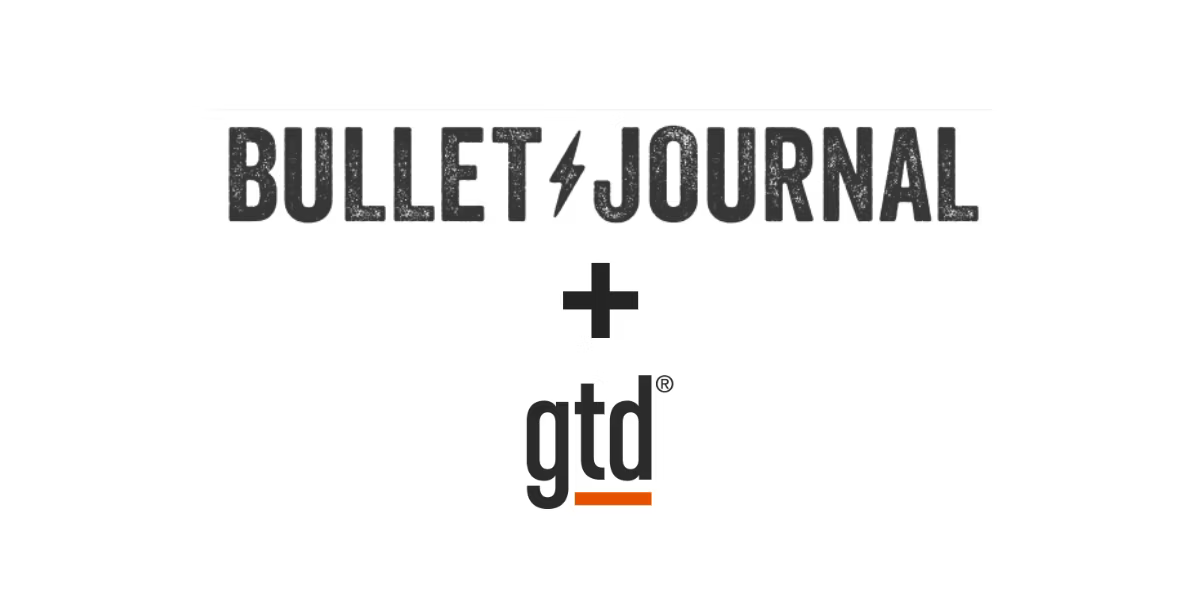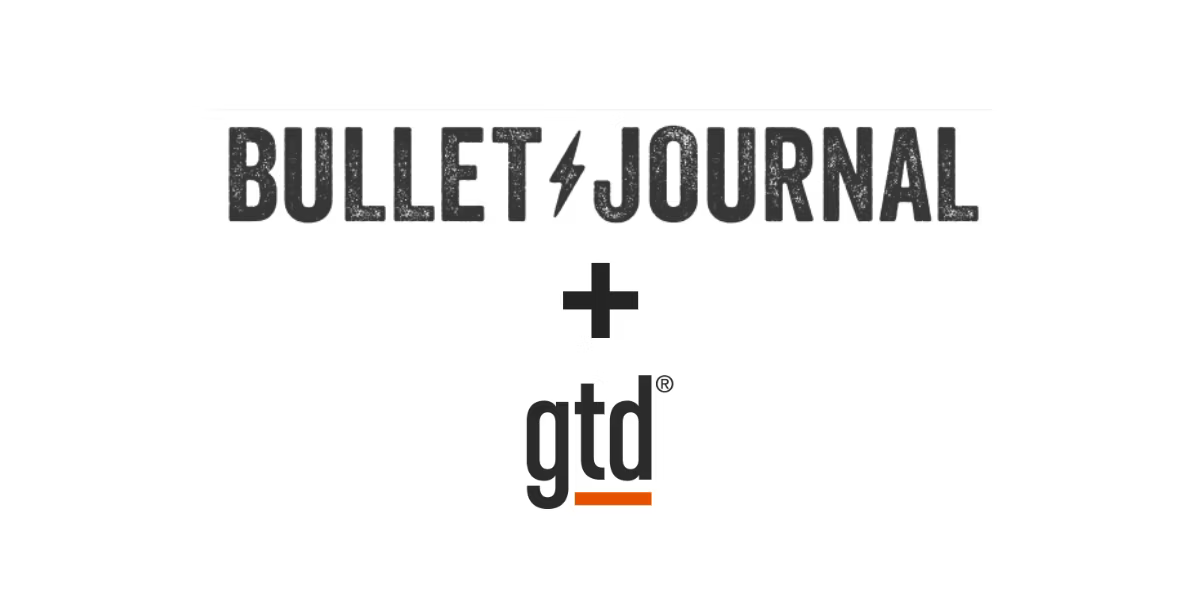I wear a lot of hats. I’m a mum of two girls under five – one in the throes of toddlerhood, another who has just started school. I have a career as a clinical allied health professional working within the education system. I’m a blogger who shares planning/organisation ideas on social media, and creates digital planner products. I’m a handlettering artist with a side hustle. What makes this all possible is both setting intentional boundaries aligned with my values, and the act of balancing.
I see boundaries as either physical or mental. Physical boundaries can be anything that separates one thing from another, like a fence between houses, walls between rooms, dividers in a planner. There’s an assumed understanding that these physical boundaries are to be respected, and everything is kept and compartmentalised in its space. I’ve been using the bullet journal system since 2013 from postgraduate studies to ‘adulting’ in most of my early 30s to the family/work/life juggle. I see the Collections in the bullet journal as boundaries within the journal – reference points to refer back to over time. Oftentimes, having one bullet journal to house different aspects of my life got overwhelming, that’s why over the years I’ve used different journals for each area of my life – life/personal, work and side hustle. On top of that, I keep my work bullet journal at work, my side hustle bullet journal in my home studio, and my life/personal bullet journal is always with me. The latter does capture both work and side hustle tasks and agenda from time to time, but having those bullet journals in their dedicated physical work spaces helps me focus on the tasks that need to be completed.
Having the predated personal bullet journal helps my brain’s constant future planning mode when it comes to scheduling all the members in my family, let alone my own schedule! Having the weekly format laid out for me takes the pressure off setting up each week, or the entire year, in advance. My husband and I also share digital calendars on our phones, and my girls have their version of a calendar at home so they’re aware of what’s happening on each day.
My other two bullet journals are in the traditional grid and dotted notebook formats. I work in the education system four days a week in a 10-week term, so I do take the time to set this up over the school break ready for the start of each term. I also work across different schools, so my calendar looks significantly different from everything else I use. My side hustle bullet journal works mainly on a monthly calendar, which are really goals I set myself to achieve. I dedicate about two days a week to this, so planning can sometimes be tricky.
There’s also some colour coding in my personal bullet journal monthly calendar. This gives me a snapshot of everything that’s happening in all areas of my life. I tend to limit myself on the number of tasks I have in any one area. I will always have three priority tasks for the week in both personal and work bullet journals, any more than this and it gets too much. My magic number of tasks for the week seems to be capped at 15, and I use this to plan in my daily log. The pink and green highlighted areas in my personal bullet journal are work plans (e.g. tasks, activities, term/holiday dates) that I need to remember. The yellow is for anything side hustle related. The annotations in each highlighted area refer to the page number I can find each task/meetings in that particular bullet journal. It’s not an exact science, but I tend to only do this when it’s something out of the ordinary that I need to remember. Having the separate bullet journals not only helps keep everything in its dedicated area, but helps me respect the mental boundaries I have for myself.
Mental boundaries can be those niggling self-fulfilling/self-limiting prophecies we sometimes too often subscribe to, or it can be that time we place aside for ourselves to reset and recalibrate the mental load of work, school, parenthood, whatever it may be. Having the three different bullet journals in their dedicated physical spaces (work, studio, home) helps me focus on those tasks, and there are limited distractions. I say limited because it’s not a perfect system, and there will be times when tasks from each area with encroach on one another. This was particularly true during the COVID-19 lockdowns and restrictions, when physical and mental boundaries were challenged, and the act of balancing was thrown off-kilter.
Let me explain briefly my views on balance. For much of my life prior to having children, I was in this constant pursuit of work-life balance, like it was an end-point where the scales weren’t tipping to one side, or a cup was overfilling and another completely empty. My lofty expectation was that when I achieved this balance, both work and life would work seamlessly with each other, and I’d have less stress and anxiety. I had a wonderful psychologist at the time who challenged that ideal, and asked me how I would feel if I saw balance as an actual activity – something that you are always doing, and not something to achieve (balance as the verb, not the noun). She used the metaphor of a greenhouse. I’ve killed every plant that’s been left in my care, so I wasn’t sure how this was going to pan out for me.
The greenhouse creates an ideal climate for plants to grow, even plants that wouldn’t normally grow in the current environment. All plants have certain requirements in order to grow (much like humans, really), and in order to create this ideal climate you need to constantly be changing something in order for plants to thrive.
Yes, it can be exhausting initially, but things become easier when you find strategies to solve problems. It will seem like you have everything under control because you’ve adjusted to mitigate these constant changes, but then a new issue arises, and you develop alternative strategies to resolve them. The keys to approaching these challenges depends on how much effort you want to put into solving the issue (that doesn’t completely exhaust you), how much it affects you (whether you hold onto it for a little while and let it go, or you hold on to it forever that it creates a compounding effect), and accepting that new issues/problems will always arise, which was how my psychologist explained the act of balancing in life. Getting your head around the notion of accepting new issues/problems isn’t an easy task, and shifting that mindset from dwelling/ruminating over a problem to acknowledging it for what it is and letting it go won’t come naturally to most people.
In this context, letting go isn’t about forgetting the problems or leaving it by the curb to be dealt with another day, but accepting that these things happen and you have to make the conscious choice of how to move forward from this point in time. I will always be a work in progress, and the new issues/problems that arise are opportunities for growth.
The act of balancing along with my mental boundaries is underpinned by my personal values and intentions. For example, when I’m planning across my bullet journals, I keep in mind the different intentions I have in each area. For life/personal, my daily intention is that of connection with my family members because this aligns with my personal value of meaningful relationships. The way I do this is trying not to schedule too many after school activities that we lose the time to spend together in the evenings before bedtime. Of course, sometimes this is unavoidable, and circumstances arise that are out of my control, and I’m required to adapt (or do some balancing). This can look like a litany of tasks on any given day, and I’ve only achieved one thing. This is when some of my mental boundaries kick in, and I either re-prioritise tasks, delegate, or say no because I try to live with the intention of less overwhelm to create more time.
So here are some closing thoughts on how you can use the bullet journal system…
On creating boundaries:
-
If you’re using a bullet journal to capture everything, have a look at your Collections and see if there are common themes or topics that could be bundled together and placed in a separate planner or notebook. This could be long-form journaling pages (journal notebook), notes on books that you’ve read (reading journal), brainstorming/diagrams of blog posts or products (blog/product planner).
-
Before deciding to put these pages into a separate notebook, ask yourself how this will change your current planning/reflection practices. Will it remain much the same and you just need to carry around an additional notebook? Will you need to add an extra 10 minutes daily to account for the change, or will you only do it whenever you feel like it?
-
You may need to test drive the new notebooks for a little while to see how you balance it out in your current practice
On the act of balancing:
-
Think about what your own mental boundaries may be and how these align with your values and intentions. How do you balance this on a daily basis? One of my mental boundaries is to have that time at the end of the day to reset (daily intention), and I achieve this by looking at my daily log, crossing off tasks, and planning for the following day. Sometimes I might have had an unusually busy work day or one of my kids has been sick, so I don’t get the opportunity to bullet journal. I used to think that skipping a day in my bullet journal was the end of the world, but actually when I look at it, I reset myself on that unusually busy work day by getting extra hours of sleep, or I reset myself when my kids were sick by getting in those extra cuddles and time to connect that I wouldn’t normally get on a given day. Same intention, just achieved differently.
-
What are some strategies you use when balancing the tasks and agenda in your bullet journal? I will often create a monthly Mental Inventory when there is an excess of migrated tasks from the previous month. This helps with managing the weekly and daily workflow for the month.
-
Create a Collection in your bullet journal and reflect on ways in which you’ve had to balance aspects of your life. Where did it happen, what was the situation/behaviour that created the change, what did you do about it, and what was the overall outcome?
About the author
Dorina "Dee" Quine is a bullet journalist mum of girls, clinical allied health professional, handlettering creative/frustrated watercolourist, and purveyor of planning/organisation ideas at Decade Thirty











Salma
January 15, 2024
Curious, what do R G D represent in your mental inventory?